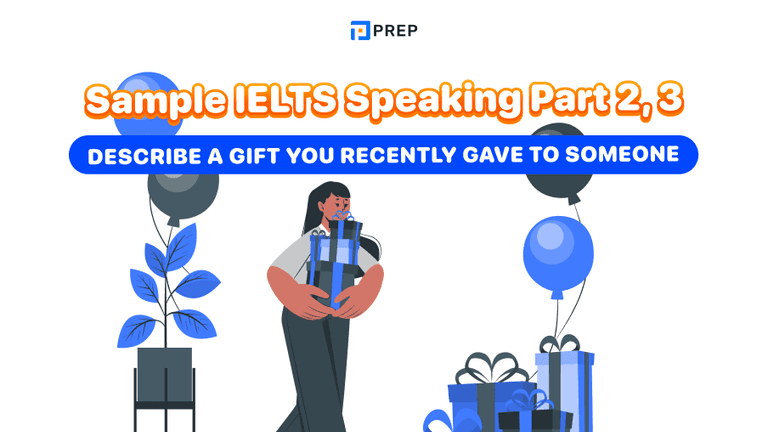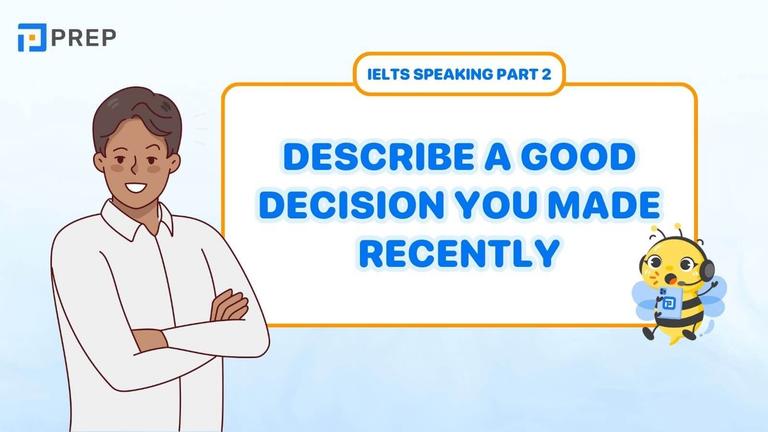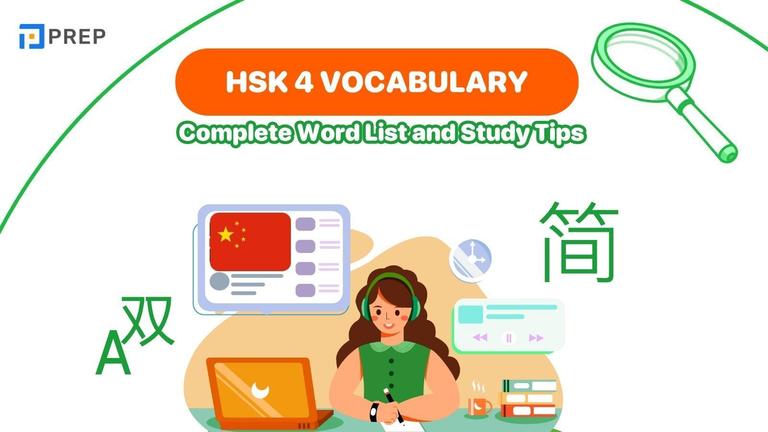Learn To V and V-ing – Rules, Common Mistakes, and Exercises
Mastering To V and V-ing is essential for English learners to write and speak accurately. This guide explains grammar rules, highlights key differences, and shows verbs that take both forms. You’ll also find synonyms, alternatives, and exercises to practice effectively.
What Is V-ing (Gerund)?
The gerund is the -ing form of a verb, used as a noun in a sentence. Structure:
verb + ing (e.g., running, studying, writing)
Common Functions of V-ing:
- As the subject of a sentence
Example: Swimming is good for your health. - As the object of certain verbs
Example: I enjoy reading before bed. - After prepositions and phrasal verbs
Example: She is interested in learning new languages.
While both forms are based on verbs, their grammatical roles and sentence positions vary. Understanding these differences will help you avoid common mistakes and express your ideas more precisely.
-
To express time relations, explore perfect gerund.
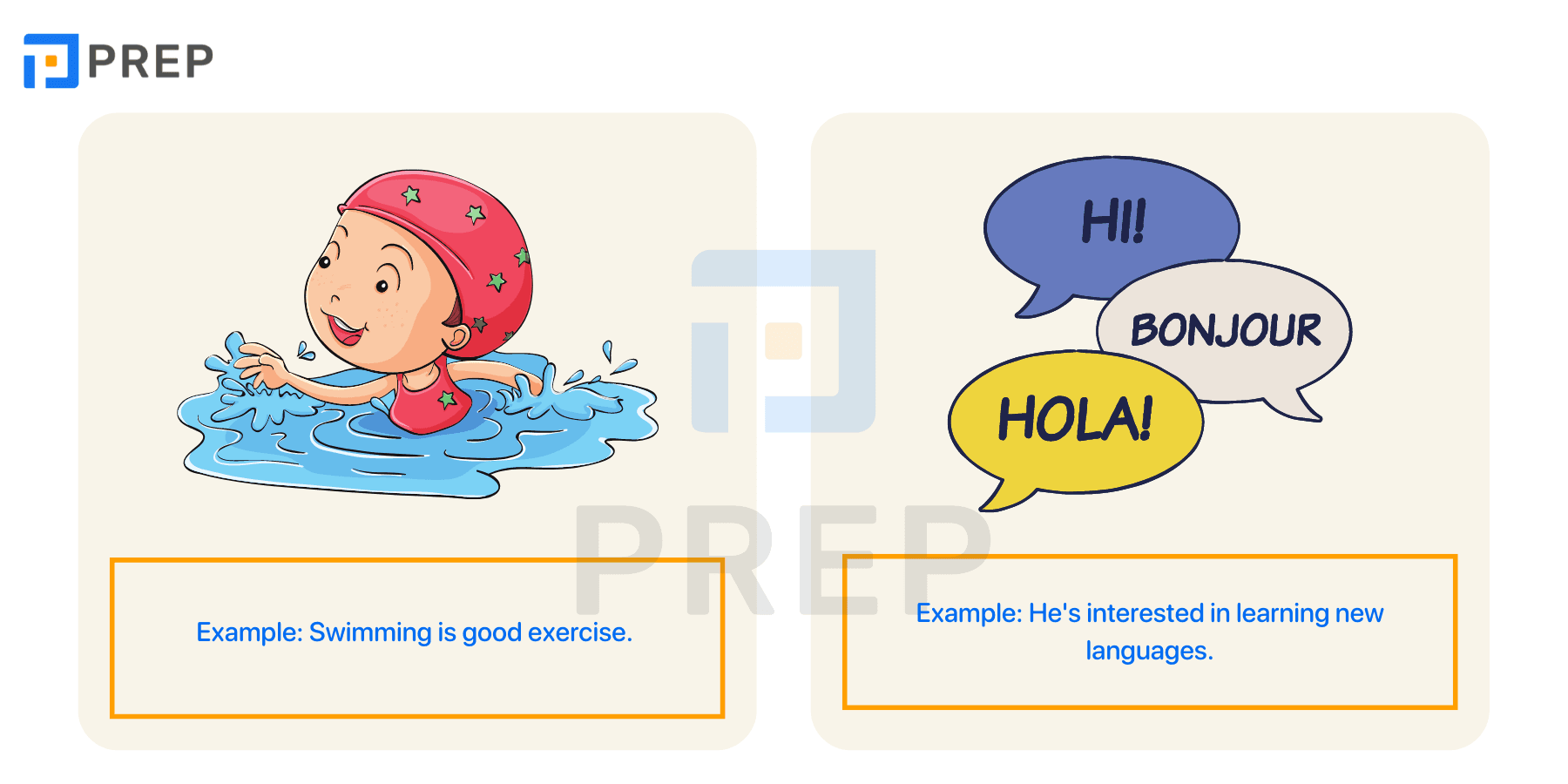
1. Grammar Rules of To V and V-ing
Though both to V (the infinitive form) and V-ing (the gerund form) are derived from verbs, they function differently in sentence structure. This section breaks down the essential grammar rules that govern when to use each form.
General Structure
|
Form |
Structure |
Example |
|
To V (Infinitive) |
to + base verb |
She hopes to travel abroad. |
|
V-ing (Gerund) |
verb + ing |
Reading helps reduce stress. |
- To V often behaves like a complement to verbs or adjectives.
- V-ing usually functions as a noun (subject or object), or appears after prepositions.
When to Use To V (Infinitive)
|
Usage Type |
Description |
Example |
|
After certain verbs |
Use to V after verbs like agree, decide, hope, learn, need, plan, want, would like |
I want to improve my English. |
|
To express purpose or intention |
Use to V to show the goal or reason for an action |
He studies hard to pass the exam. |
|
After adjectives or noun phrases |
Often follows adjectives or noun phrases like important, happy, chance, opportunity |
It’s important to be on time. I have the chance to travel. |
|
After WH- question words (except why) |
Used with what, how, when, where, who followed by to V |
I don’t know what to say. She is learning how to drive. |
When to Use V-ing (Gerund)
|
Usage Type |
Description |
Example |
|
As the subject of a sentence |
Use V-ing as the subject of a sentence |
Swimming is great exercise. |
|
As the object after certain verbs |
Use V-ing after verbs like enjoy, avoid, consider, suggest, finish, admit, deny |
They enjoy listening to music. |
|
After prepositions or phrasal verbs |
Always use V-ing after any preposition or phrasal verb |
She’s interested in learning Spanish. He gave up smoking. |
|
dAfter certain expressions or set phrases |
Appears after expressions like It’s no use, can’t help, look forward to |
It’s no use crying now. I look forward to meeting you. |
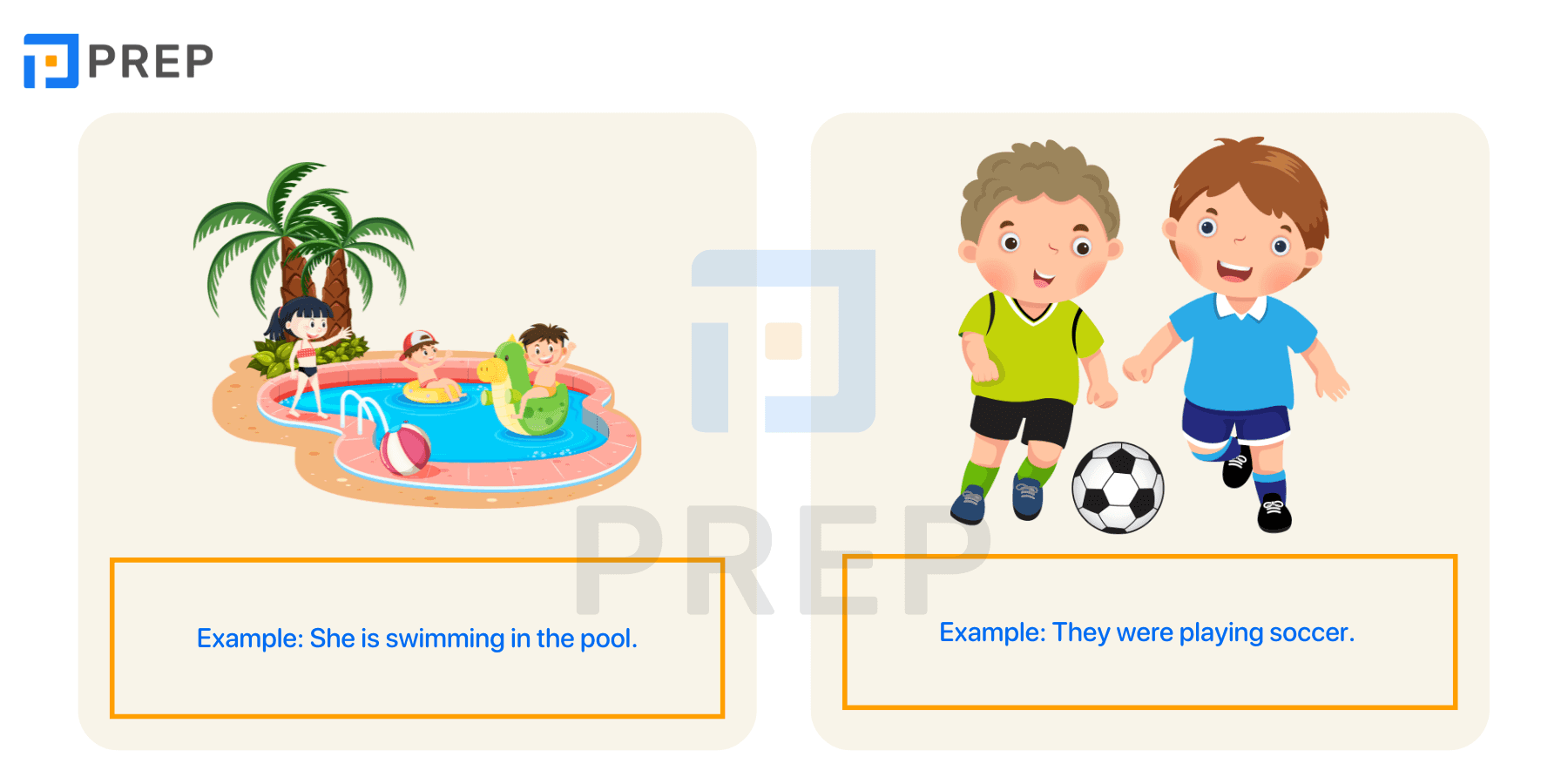
2. Differences Between To V and V-ing
Although to V (infinitive) and V-ing (gerund) both come from verb forms, they differ in usage, meaning, and grammatical function. Both to V and V-ing act like nouns in a sentence and can follow certain verbs.
- In many cases, both forms are grammatically correct, but they may slightly alter sentence meaning or tone.
- Some verbs can take either form without much change in meaning: begin, start, continue, like, love, hate, prefer (though usage may differ by context or region).
Key Differences
The table below outlines the most notable differences between the two forms:
|
Aspect |
To V (Infinitive) |
V-ing (Gerund) |
|
Grammatical Function |
Often shows purpose, intention, or result |
Acts as a noun referring to an activity or experience |
|
Common Verb Collocations |
Follow verbs like want, hope, plan, decide, agree |
Follow verbs like enjoy, suggest, avoid, deny |
|
Use After Prepositions |
Not typically used after prepositions |
Always used after prepositions |
|
Tone/Formality |
Often conveys intention or future focus |
Neutral, general, sometimes more descriptive |
|
Examples |
She wants to study abroad. It is difficult to explain. |
I enjoy studying languages. He is good at painting. |
Common Mistakes
Recognizing patterns is helpful, but there are common pitfalls. Below are some frequently made errors and how to fix them.
|
Incorrect Sentence |
Correct Version |
Explanation |
|
I enjoy to swim. |
I enjoy swimming. |
"Enjoy" is always followed by a gerund. |
|
He suggested to go outside. |
He suggested going outside. |
"Suggest" requires a gerund. |
|
She is interested to learn French. |
She is interested in learning French. |
After "interested in", use V-ing form. |
|
It’s important studying every day. |
It’s important to study every day. |
After adjectives like "important", we use an infinitive. |
II. Verbs that can be used with both To V and Ving
Some English verbs can be followed by either to + verb (infinitive) or verb + ing (gerund). While in many cases the meaning remains the same, in others the choice of form results in a change in meaning.
Verbs with No Change in Meaning
These verbs can be followed by both forms with little or no change in meaning, especially in casual speech or writing.
|
Verb |
Example with To V |
Example with V-ing |
|
begin |
She began to cry. |
She began crying. |
|
start |
He started to read the book. |
He started reading the book. |
|
continue |
They continued to work late. |
They continued working late. |
|
like* |
I like to run in the morning. |
I like running in the morning. |
|
love* |
She loves to listen to music. |
She loves listening to music. |
Note: With verbs such as like, love, hate, and prefer, both forms are generally acceptable but to V is sometimes considered slightly more formal.
Verbs with a Change in Meaning
For some verbs, switching between to V and V-ing changes the meaning of the sentence. These are especially important to learn for exams and formal writing.
|
Verb |
Form |
Meaning |
Example |
|
Remember |
remember + to V |
To not forget to do something |
Remember to lock the door. |
|
remember + V-ing |
To recall something you have done |
I remember locking the door. |
|
|
Forget |
forget + to V |
Fail to do something |
He forgot to call her. |
|
forget + V-ing |
Cannot recall a past event |
I’ll never forget meeting you. |
|
|
Stop |
stop + to V |
Stop one action in order to do another |
He stopped to drink water. |
|
stop + V-ing |
Quit an action completely |
He stopped drinking coffee. |
|
|
Try |
try + to V |
Make an effort to do something |
I tried to open the window. |
|
try + V-ing |
Experiment with doing something |
Try opening the window—it might help. |
|
|
Regret |
regret + to V |
Announce bad news formally |
We regret to inform you that your application was unsuccessful. |
|
regret + V-ing |
Feel sorry about a past action |
I regret spending so much money. |
How to Learn These Verbs Effectively
- Group verbs by behavior: same meaning vs. different meaning
- Practice each verb with both forms and create your own examples
- Use sentence transformation activities where you change from one structure to another
- Keep a personal vocabulary log with notes on meaning differences
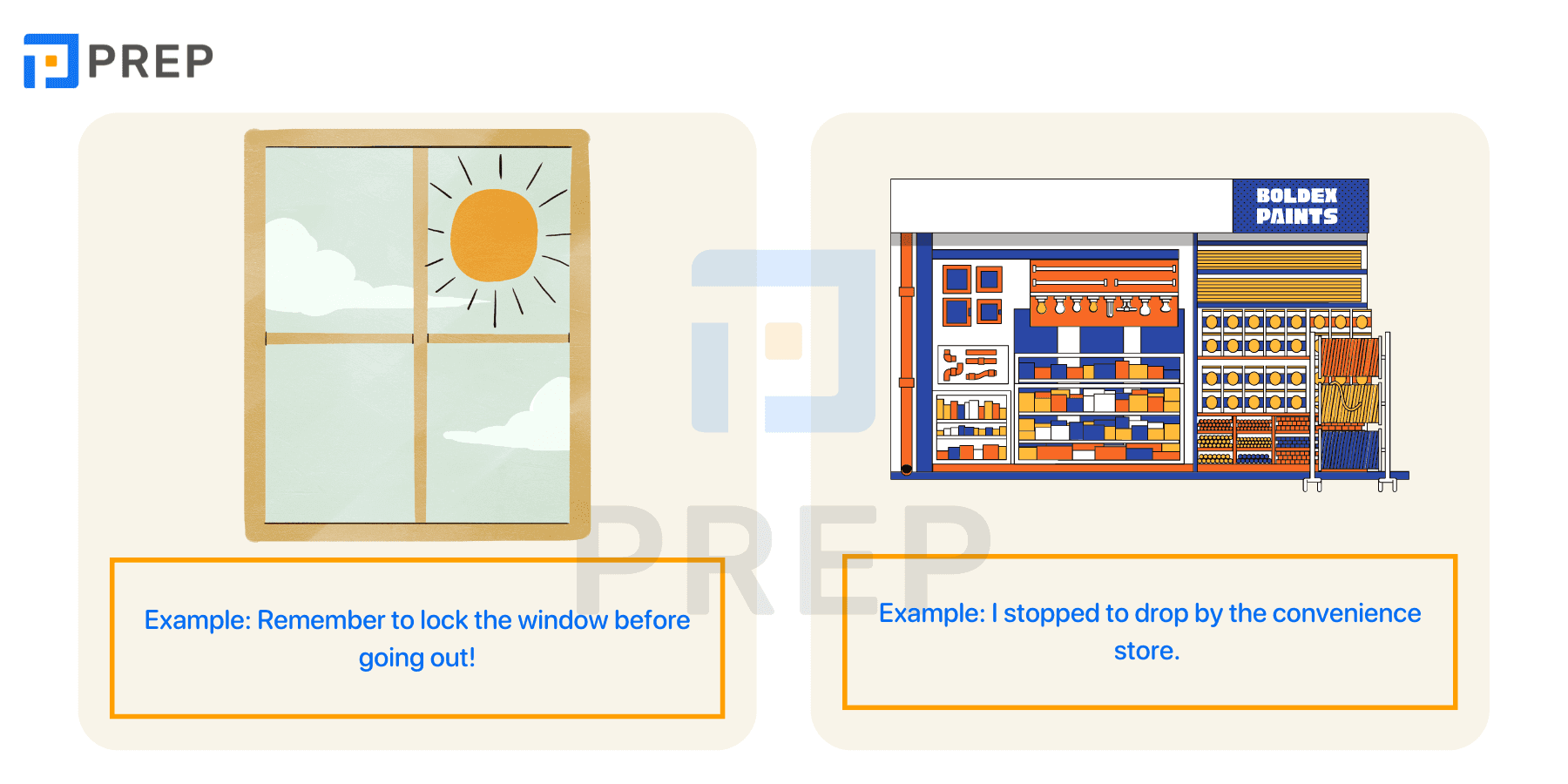
III. Equivalent Structures to To V and V-ing
In English, both to V (infinitive) and V-ing (gerund) have alternative grammatical structures that can express similar ideas. These alternatives are particularly useful when you want to:
- Add variety to your writing or speech
- Increase the formality in academic or business communication
- Use more precise structures depending on the sentence context
Below are some of the most common equivalent structures for both forms, along with definitions and example sentences.
Equivalent Structures to To V
|
Structure |
Usage |
Example |
|
in order to + V |
Formal purpose statement |
She studied hard in order to pass the exam. |
|
so as to + V |
More formal than "in order to" |
The system was improved so as to increase performance. |
|
with the aim of + V-ing |
Very formal; used in reports/business writing |
They updated the rule with the aim of reducing costs. |
Equivalent Structures to V-ing
|
Structure |
Usage |
Example |
|
Noun phrase |
Used as more formal version of a gerund |
Learning foreign languages is essential. → Foreign language learning is essential. |
|
That-clause |
Expresses complex or abstract ideas (especially as subject) |
Understanding the terms is critical. → That we understand the terms is critical. |
Which Structure Should You Use?
|
Context |
Preferred Structure Type |
|
Daily conversation / informal writing |
to V, V-ing |
|
IELTS / Academic essays / Formal emails |
in order to, noun phrases |
|
Business documents / professional tone |
so as to, that-clause, with the aim of |
|
To add variety in writing exams |
Mix all forms depending on tone and function |
IV. Exercises and Practice with To V and V-ing
To help you review and apply what you’ve learned about to V and V-ing, the following exercises cover grammar recognition, sentence formation, and understanding usage differences. These tasks are practical for both self-study and classroom learning.
Exercise 1: Choose the Correct Form
Choose the correct form (to V or V-ing) to complete each sentence.
- I decided ______ (take) a break from work.
- She enjoys ______ (read) books in her free time.
- They promised ______ (help) us with the project.
- Would you mind ______ (open) the window?
- He forgot ______ (bring) his notebook.
- I can’t stop ______ (think) about that movie.
- They agreed ______ (meet) earlier next time.
- She gave up ______ (smoke) last year.
- He managed ______ (fix) the problem.
- I’m interested in ______ (study) abroad.
Exercise 2: Identify and Correct the Mistake
Each sentence below contains an error in verb form. Identify and correct it.
- She suggested to try a new method.
- I look forward to meet you.
- He decided buying a new car.
- Avoid to eat too much sugar.
- I hope seeing you again soon.
Answer
[prep_collapse_expand open_text="View more" close_text="Show less"]
|
Exercise 1 |
Exercise 2 |
|
|
[/prep_collapse_expand]
-
Keep refining your skills in Focus on Grammar.
V. From Beginner to Band 7+
If you want to learn tips to IELTS success? Explore these powerful resources below:
-
IELTS study: Unlock Your IELTS Success Story!

Hi I'm Chloe, and I am currently serving as an Product Content Administrator at Prep Education. With over five years of experience in independent online IELTS study and exam preparation, I am confident in my ability to support learners in achieving their highest possible scores.
Comment
Premium content
View allPersonalized roadmap
Most read


